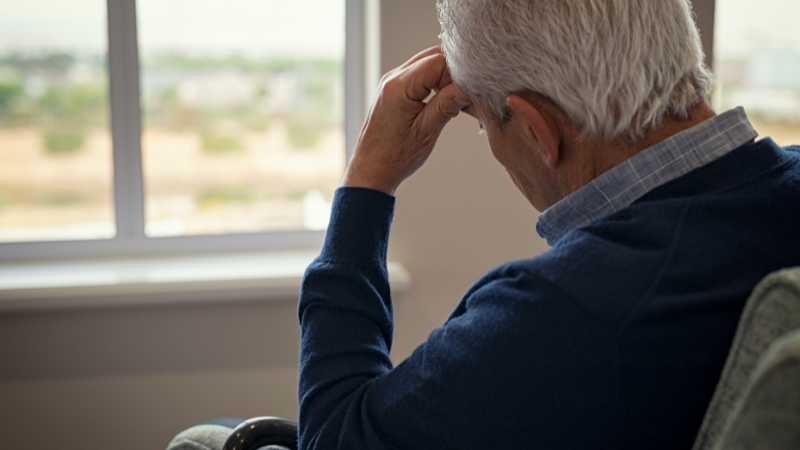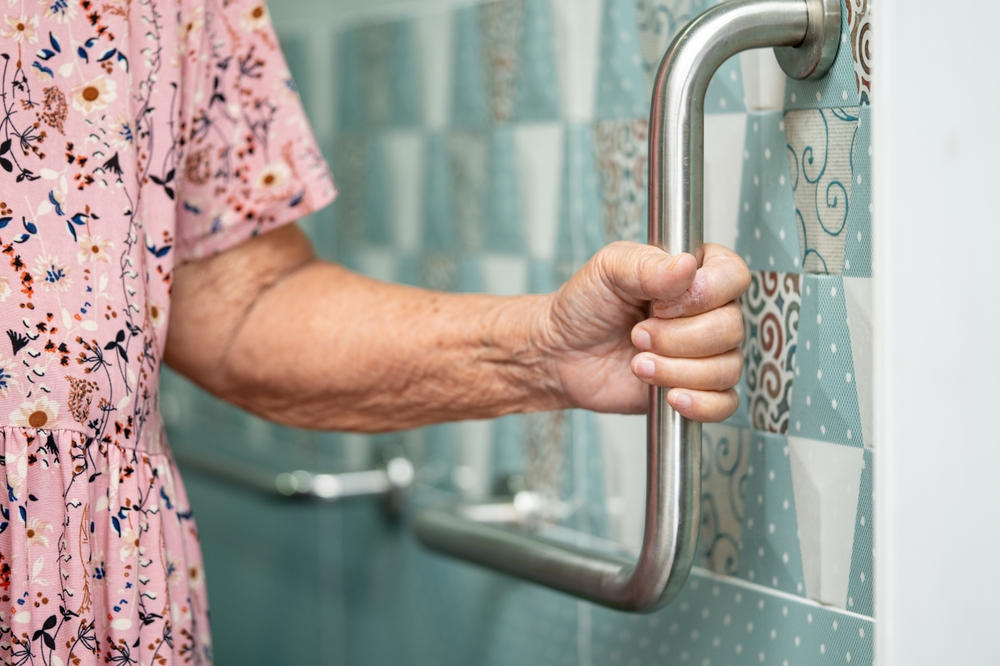
Introduction
As the population ages, ensuring the safety and well-being of our senior citizens becomes increasingly important. One technological advancement that promises enhanced safety is the fall detection device. But do seniors accept fall detection devices? This question is vital for family caregivers and healthcare providers. In this article, we will delve into the acceptance of these devices among seniors, exploring their benefits, challenges, and the factors influencing their adoption.
Understanding Fall Detection Devices
What Are Fall Detection Devices?
Fall detection devices are advanced technological tools designed to detect falls and alert caregivers or medical professionals. These devices can be worn as pendants, incorporated into smartwatches, or integrated into smart home systems. They use sensors and algorithms to distinguish between normal movements and falls.
Importance of Fall Detection
Falls are a leading cause of injury among older adults, leading to severe health consequences and even fatalities. According to the National Institute on Aging, falls can result in broken bones, hip fractures, and head injuries, significantly impacting a senior’s quality of life. Thus, timely detection is crucial to mitigate these risks.
Factors Influencing Acceptance
Perceived Benefits
Seniors often appreciate the safety and security that these devices offer. Knowing that help is just a button press away provides peace of mind not only to the elderly but also to their families. This reassurance can significantly influence their acceptance.
Technological Comfort
The level of comfort and familiarity with technology plays a critical role. Seniors who are tech-savvy are more likely to embrace fall detection devices than those who are not. Training and user-friendly designs can help bridge this gap.
Privacy Concerns
Like many technological solutions, fall detection devices raise privacy concerns. Seniors may worry about constant monitoring and data security. Addressing these concerns through transparent communication and privacy-friendly solutions is essential. For more insights on privacy-friendly solutions, you can check out this privacy-friendly solutions article.
Cost and Accessibility
The cost of devices can be a barrier for many seniors. Affordable options and potential insurance coverage can enhance acceptance. Accessibility in terms of availability and ease of use is equally important.
Benefits of Fall Detection Devices
Enhanced Safety
The primary benefit of these devices is the enhanced safety they provide. They offer timely alerts and quick response times, which can be life-saving in emergencies.
Independence for Seniors
Many seniors fear losing their independence. Fall detection devices empower them to live independently while providing a safety net.
Peace of Mind for Families
For family caregivers, knowing that their loved ones are safe and that they will be alerted in case of a fall brings significant peace of mind. This comfort can alleviate the stress often associated with caregiving.
Challenges in Adoption
Technological Barriers
Technological barriers, such as complex interfaces and the need for regular charging, can deter seniors from using these devices. Simplification and intuitive designs are crucial for overcoming these challenges.
Stigma and Pride
Some seniors may perceive the use of these devices as an admission of frailty or weakness. Combating this stigma through education and positive framing can encourage acceptance.
Case Studies and Real-Life Examples
Examining real-life examples and case studies can provide valuable insights into how seniors have successfully integrated these devices into their lives. Various communities have reported increased adoption rates following awareness campaigns and educational initiatives.
Future of Fall Detection Devices
Advancements in Technology
The future of fall detection devices is promising, with ongoing technological advancements improving their accuracy and functionality. Innovations such as AI and IoT are set to transform these devices further.
Integration with Smart Homes
The integration of fall detection devices with smart home systems is becoming more prevalent. This integration enhances their functionality, offering a comprehensive safety solution. To learn more about this, explore the concept of fall detection in smart homes.
Conclusion
While there are challenges to the acceptance of fall detection devices among seniors, their benefits in terms of safety, independence, and peace of mind are undeniable. Addressing technological, privacy, and cost concerns through education and innovation can significantly enhance their acceptance. By fostering an environment of understanding and support, we can help seniors embrace these life-saving technologies.

FAQs
Are fall detection devices reliable?
Yes, modern fall detection devices are highly reliable, using advanced sensors and algorithms to accurately detect falls and alert caregivers promptly.
How can family caregivers encourage seniors to use these devices?
Family caregivers can encourage seniors by highlighting the benefits, addressing privacy concerns, and offering assistance in setting up and using the devices.
Are there any affordable options for fall detection devices?
Yes, there are a variety of affordable options available, and some insurance plans may cover the cost. It’s important to explore different models and features to find the best fit.
This article contains affiliate links. We may earn a commission at no extra cost to you.






